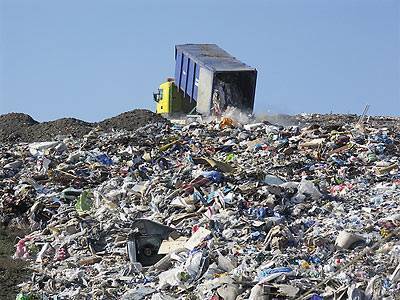Hagen trash problems
Lots of rubbish lies on the streets like (cigarettes, plastic bottles , glass bottles of beer)
It is very dangerous for small children, cars, bicycles, etc.
Ideas for Solution:
Make a competition in each district (the cleanest, neatest street receives a prize from the Organisation of Hagen City.
Another general solution to develop an app (take pictures before, afterwards and as soon as you reach e.g. 10,000 you get a $ 15 (Amazon voucher or something)
Rubbish problems and solutions in Jaworzno, Poland
by Aleksander and Krzysztof
Click on the embed frame and use keyboard arrows to change slides. To get fullscreen click the upper link.
To make this presentation we have used impress.js framework. It is open-source and published on the GitHub under MIT licence. As we didn't want to code in JavaScript, we decided to use strut.io - the open-source impress.js presentation editor. After making of the presentation we exported it into HTML file with some other files. Finally, we uploaded these files to GitHub Pages (as it is free web hosting).
RUBBISH IN ATHENS
The last 15 years not much has changed in Athens. Most of the waste is buried in a landfill, not much is recycled. Waste management in Attica costs 89-90 million euros a year.
All of the waste of Attica is send to the landfill of Fyli, which is in the area we live in. The landfill area is extending all the time. The environmental consequences in the area have been very serious. There have been some improvements in the operation of the recycling plant.
There are few brown bins in Athens, through which 10,000 tons of compost are produced per year. The prefecture of Attica wants to raise the amount of biocompost collected and produced to 300,000 tons. They believe that this will reduce the amount of waste sent to the landfill.
There are plans to create a park of circular economy in Athens.
The scientific community stress the need to move towards a more circular economy.

by Agapi and Anastasia